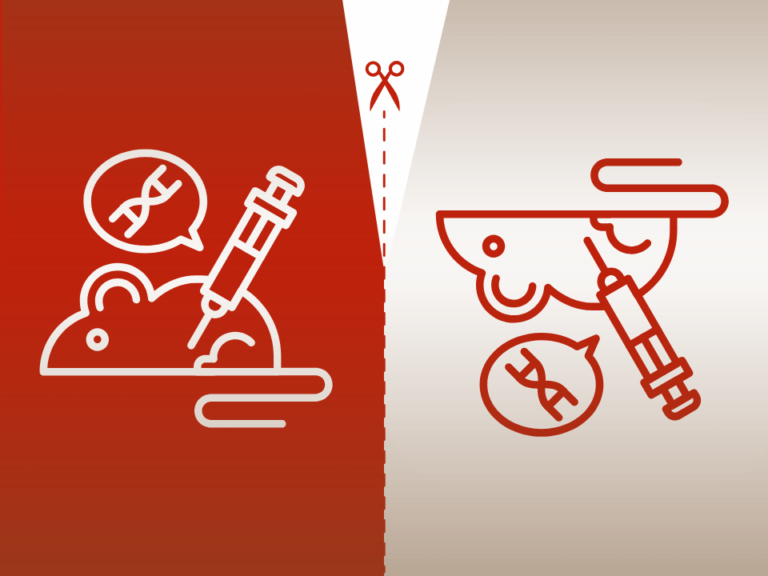President Biden has been describing the Advanced Research Projects Agency for Health (ARPA-H), a DARPA-like biomedical research agency, as the centerpiece of his effort to “end cancer as we know it.”
Alas, in the heat of the FY22 appropriations process, the proposed NIH agency that would enable the rapid development of high-risk, high-reward projects is itself at high risk of not being authorized and funded.
In a markup July 12, the House Appropriations Subcommittee on Labor, Health, & Human Services voted to appropriate $3 billion for ARPA-H and an increase of $3.5 billion for the rest of NIH (The Cancer Letter, July 16, 2021). This raise falls short of President Biden’s request of $6.5 billion over three yearsfor ARPA-H, but provides a greater budget increase than requested by the president for NIH institutes and centers.
If your institution has a site license, log in with IP-login or register for a sponsored account.*
*Not all site licenses are enrolled in sponsored accounts.
Login Subscribe












